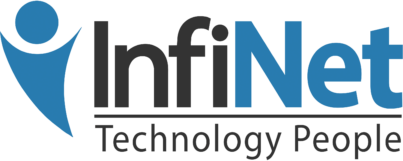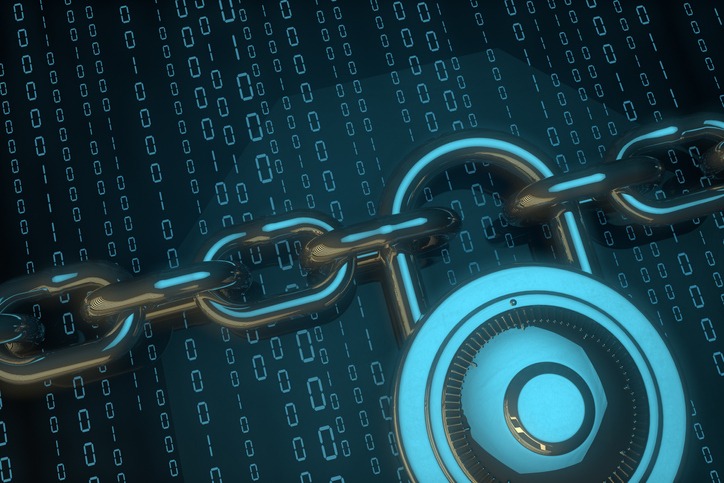7 Myths Small Businesses Still Believe About PC Technology
The 7 PC Myths Draining Your Business Technology Budget
Evaluating your business technology budget? These 7 PC myths could be costing you a lot of money. From slow computers to hacker vulnerability, see how to fix it.

Think you’re saving money by keeping those old PCs running in the office? Think again. An Intel study found that using a business PC that’s older than five years costs the business nearly $700 a year in repair and maintenance costs alone. What other costly PC myths are draining your technology budget?
Myth #1: A Slow Computer Has a Virus
Slow computers are productivity killers. If you have slow PCs, studies show that the average employee loses 40 min/day due to downtime.
That’s on top of 29% reduced productivity due to slower processing.
For many years, office workers have proclaimed, “it’s got a virus”. But the truth is there are many reasons that computers slow down over time. And your technology solutions partner will have many troubleshooting techniques in their tool belt to speed up slow work stations.
So if the virus scanner turns up nothing, know that you have options. Here are just a few things you can try:
- Clearing caches and history
- Rebooting if you haven’t rebooted for a few days
- Closing programs and re-opening (not a good long-term solution)
- Reducing the number of start-up programs
- Checking for conflicting malware protectors
Myth #2: Macs Don’t Get Viruses
Who knows where this one started? Probably Apple or Apple enthusiasts trying to get a foothold in the business computer market. Truth, Macs are just as susceptible to malware. Whether you’re a Mac business or a PC business, you need a comprehensive cybersecurity strategy.
Myth #3: Letting Your Battery Run Down Before Charging to Extend Battery Life
This was true on older devices. Leaving a laptop docked on a charger would kill the battery life.
But if you have business laptops, tablets and phones that are less than five years old, this is no longer the case. Devices with lithium-ion batteries do not suffer this fate. On top of that, Microsoft, Apple and Android now use machine learning to track your charging habits and avoid straining the battery.
Myth #4: Our Business Is Too Small to Be Targeted by Hackers
Actually, over 50% of cyberattacks happen to small businesses. They’re often less prepared. And they may be complacent, thinking what are the chances they’d attack us?
Most cyber attackers don’t go for the big score. Instead, it’s more efficient to go for the least protected. Attacking 10 poorly protected small businesses versus one better protected medium-sized business will yield a higher ROI for the hackers.
That’s smart business!
Myth #5: Consumer PCs and Business PCs Are Interchangeable
This is especially untrue now. With so many people doing most of their computing on their phones, home computers haven’t needed to advance much beyond the technology of 10-15 years ago.
Instead, manufacturers have focused on the business market, where businesses demand faster processing and greater capabilities. For this reason, the fact is, if you’re buying PCs for business, make sure they can handle business computing.
Myth #6: RAM Is All That Matters
RAM, random access memory, is important for speed. More RAM means less buffering (traffic jams). But a computer is a lot more than RAM. It has an advanced CPU (processor) that uses that RAM most efficiently.
Otherwise, your computer is just a lot of muscle without the brains to use that muscle wisely.
Myth #7: No Need to Replace Computers that Still Work
We already mentioned how much time employees waste on slow computers. That payroll waste and downtime isn’t the only thing you need to worry about when trying to use computers beyond their shelf life of up to five years.
Older computers are also more susceptible to viruses. Eventually, they can’t support current operating systems. Microsoft stops supporting older OS after a while, leaving them open to attacks.
Newer operating systems often also have better productivity tools that streamline business operations. And they’ll work more effectively with new programs you want to install. A technology solutions professional can help you weigh the cost-benefits of getting new PCs.
And for more business technology management tips, follow our blog.
7 Myths Small Businesses Still Believe About PC Technology Read More »




